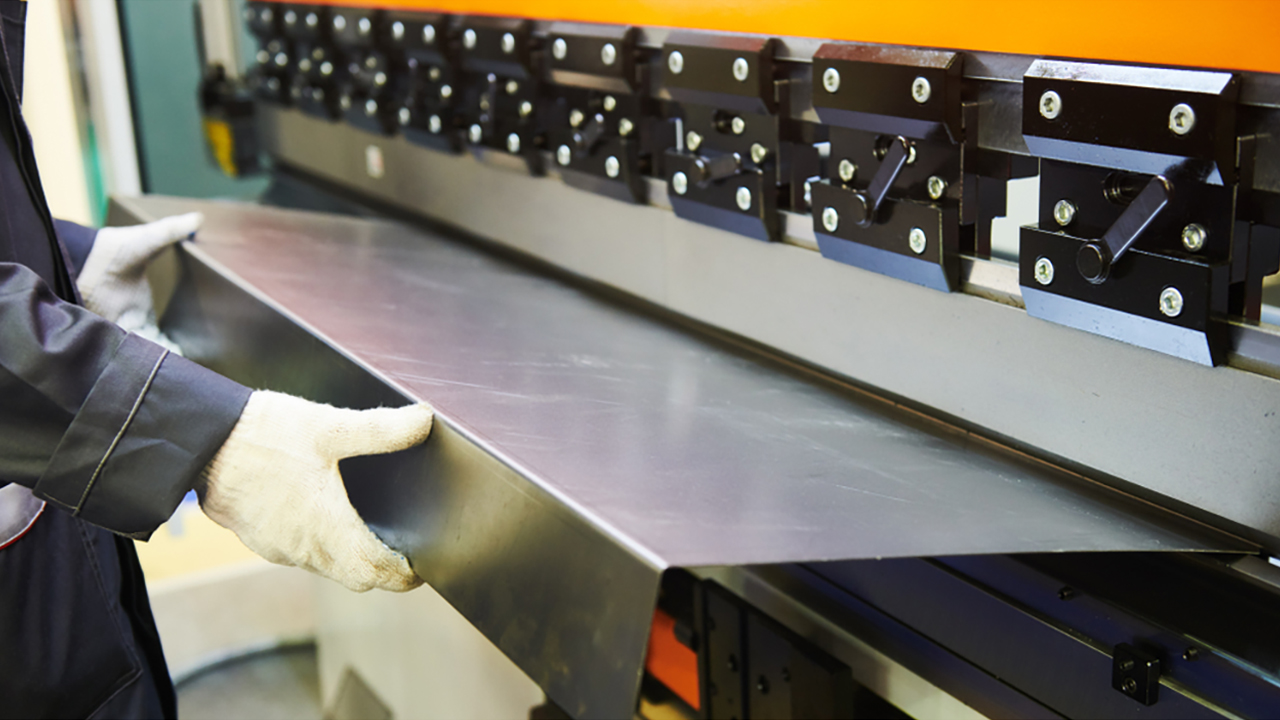Before you choose any press brake tool, ensure its quality because it’s the first step to achieving precision, consistency, and longevity in any bending operation. But how does one discern the actual quality of these unsung heroes?
This guide discusses key factors to consider when assessing the quality of press brake tools and sheds light on crucial aspects that influence performance and reliability.
Material Composition and Manufacturing Processes
The foundation of any tool’s quality lies in its material composition and the precision of manufacturing processes. For american press brake tooling, high-grade materials, such as tool steels and alloys, contribute to the tool’s durability and resistance to wear.
Precision machining, heat treatment, and surface coatings enhance the tool’s performance. This ensures it can withstand the rigors of bending operations and maintain dimensional accuracy over an extended lifespan.
Look for manufacturers like SMBC, who utilize premium tool steels like A2, S7, and H13, often with additional heat treatment for enhanced durability. Be wary of generic or low-grade materials, as they might quickly succumb to wear and tear, leading to inconsistent bends and costly replacements.
Design and Precision Engineering
A press brake bend is only as good as the tool’s precision. Precision engineering, including the tool’s geometry, clearance angles, and radii, directly impacts the accuracy and consistency of bends.
They are essential for flawless bend quality and for eliminating uneven bends, springback issues, and material distortion. Moreover, They ensure consistent results, bend after bend, regardless of operator or material variations. This reduces waste and maximizes material utilization.
Make sure you examine the tool’s surface finish – it should be smooth and free of imperfections. Check for precise geometries and tight tolerances, especially on critical bending edges.
Compatibility with Press Brake Systems
Your press brake is a delicate ecosystem; tools must seamlessly integrate to avoid disruptions. American press brake tooling integrated with various systems ensures optimal performance and minimizes setup times.
The tooling relies on dimensional accuracy – a perfect fit with your specific press brake model to eliminate the need for costly modifications. Its clamping systems ensure compatibility with your press brake’s mechanism for secure tool mounting and optimal performance.
Ensure your chosen tools adhere to American press brake standards and are specifically designed for your machine model. Look for certifications and compatibility guarantees from established manufacturers like SMBC, who invest heavily in ensuring seamless integration with various American press brake systems.
Testing and Quality Assurance
Rigorous testing and quality assurance procedures are paramount in evaluating press brake tool quality. Reputable manufacturers, like SMBC, implement comprehensive testing protocols, including hardness testing, dimensional checks, and performance assessments.
A commitment to stringent quality control ensures that each tool meets or exceeds industry standards. This provides customers with tools that deliver consistent, reliable results.
In Conclusion
Judging the quality of press brake tools requires a holistic assessment of material composition, design, coating technologies, compatibility, and rigorous testing procedures. For a trusted source of high-quality press brake tools, including American press brake tooling, you should check for all the above features when considering getting one.
This would enhance operational efficiency, achieve precision in bending operations, and reaffirm the role of quality tools in the success of press brake applications.
